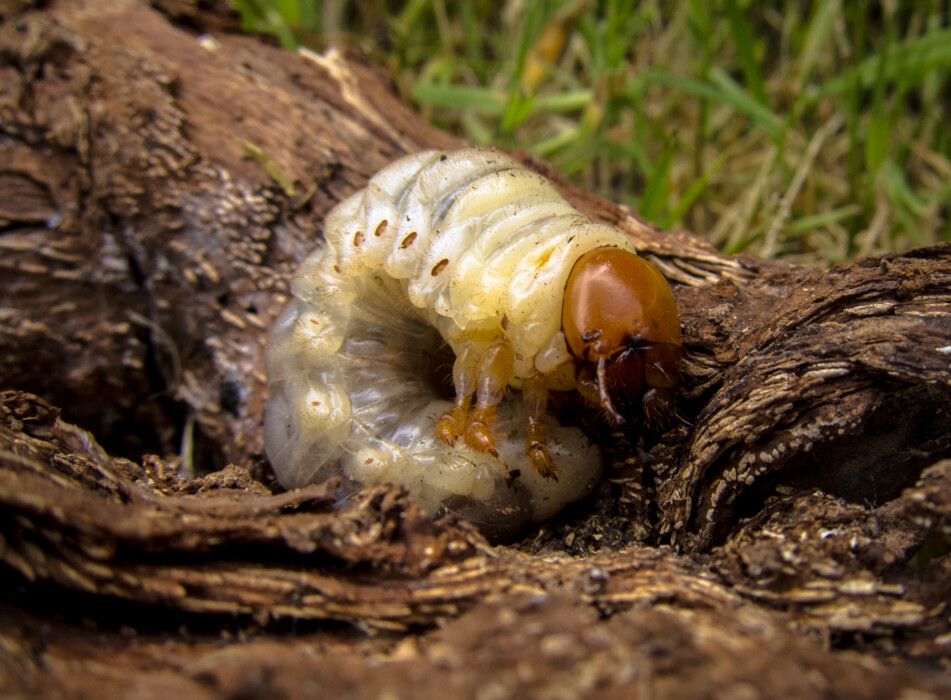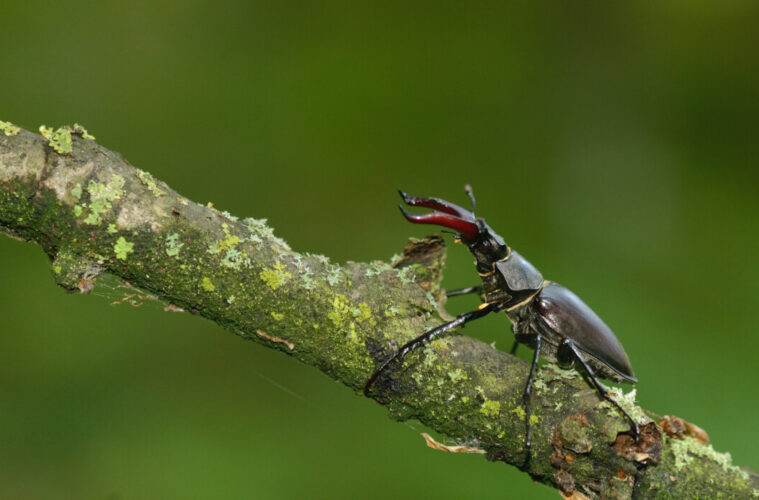As part of its annual ‘Great Stag Hunt’, wildlife charity People’s Trust for Endangered Species (PTES) is calling for people across the Bristol area to record sightings of the endangered stag beetle. Children and families can get involved by recording any sightings of male, female or larvae as they go about their outdoor adventures between now and the end of July.
Typically emerging from the ground in late Spring, the stag beetle can be seen into late July. They’re often spotted in gardens and parks, as well as other green spaces including hedgerows, traditional orchards and allotments. This year, the PTES are particularly interested in sightings of the beetles in woodlands as well.
All you need to do to take part is to record your sightings at www.stagbeetles.ptes.org. You can also help stag beetles by building a log pile in your garden, providing a food source for larvae and a place for adult beetles to lay their eggs. Simply keep logs, tree stumps, fallen branches or old firewood and bury them upright in soil. As well as stag beetles, log piles are popular with fungi, mosses and solitary bees. If you do spot a stag beetle, PTES are encouraging people to share photos on social media using #GreatStagHunt and tagging @PTES on social media.
“We know stag beetles live in woodlands in mainland Europe, but we don’t know whether they’re living in UK woodlands,” explains Laura Bower, Conservation Office at PTES. “Although these beautiful beetles are doing well in some parts of the country, in other areas they’re extremely rare or even extinct in some places. It’s so important to find out whether our woodlands are home to stag beetles or not, and we want to encourage anyone living near a woodland to keep their eyes peeled when they’re out for a walk and tell us if they spot one of these iconic insects.”
The stag beetle is Britain’s largest land beetle, with the males’ impressive antler-like jaws making them easy to identify. Males can grow up to 75mm long, are shiny black with chestnut wing cases, and often seen flying in search of a mate, while females are slightly smaller at 30-50mm in length, have smaller jaws, and are more likely to be found on the ground looking for a place to lay eggs.
To find out more about stag beetles and how you can help them, visit www.stagbeetles.ptes.org.
(Opening photo credit: Ben Andrews)

(Credit: Mark Tudor)


